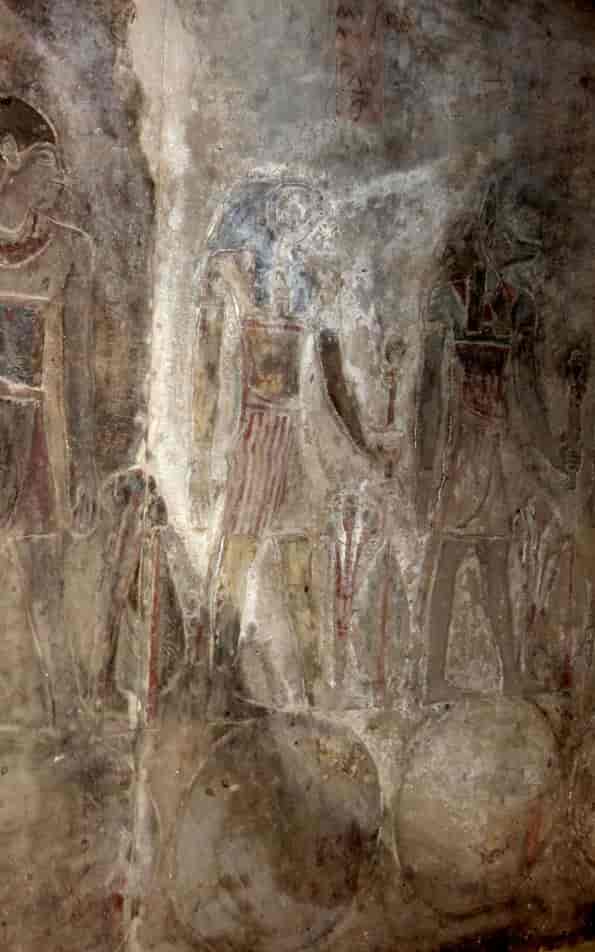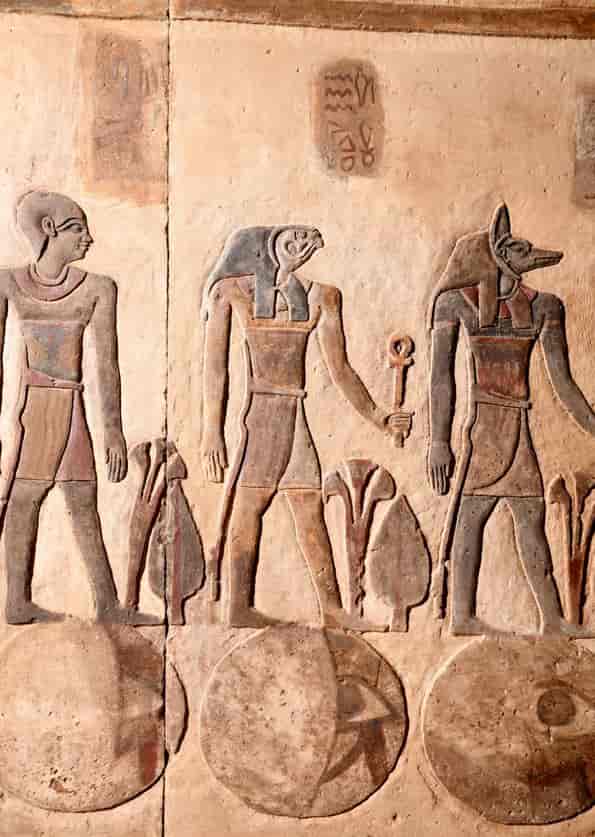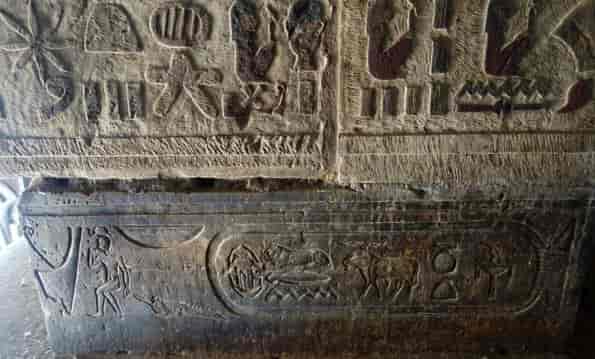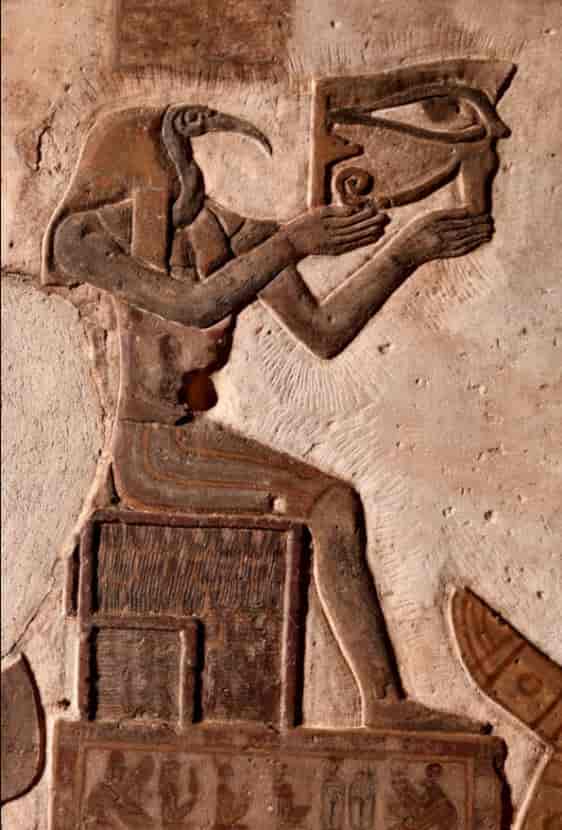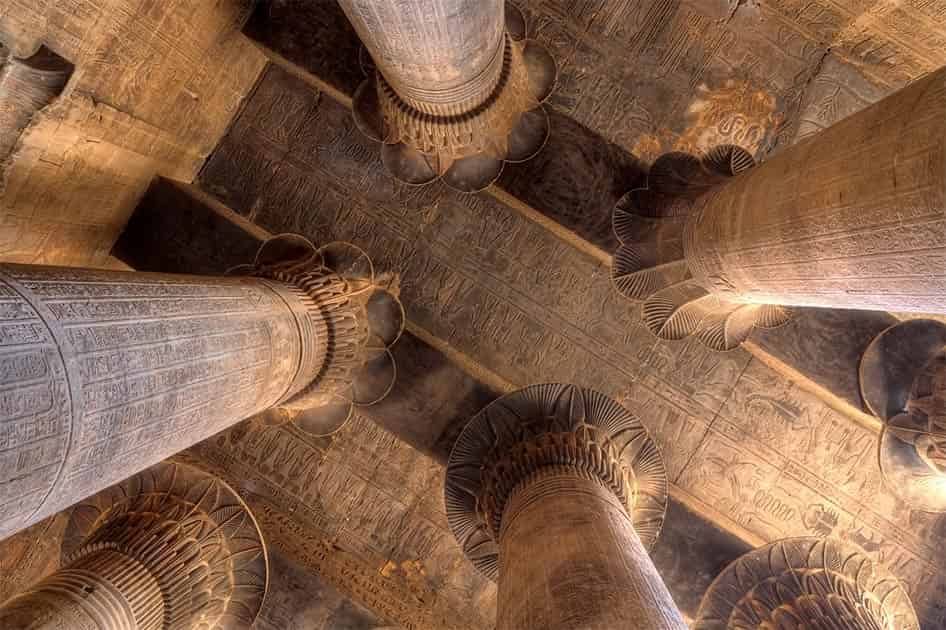A complete restoration of the Roman-era pronaos walls of this Egyptian temple has restored its reliefs and paintings to their former splendor, giving researchers numerous surprises. Do not miss the comparative images of the before and after.
More than 200 years after the rediscovery of the Temple of Esna, located 55 kilometers south of Luxor, a German-Egyptian research team has brought to light the original colors of some of the inscriptions engraved on its walls and which have approximately 2,000 years.
Freed of the thick layers of soot and dirt that covered them, the reliefs and inscriptions have regained their brilliant colors. The project, led by Egyptologist Christian Leitz of the University of Tübingen, also uncovered new inscriptions that reveal for the first time the names of constellations in ancient Egypt that were previously unknown.
A pronaos from Roman times
Today only the vestibule (the so-called pronaos) remains of the Esna temple, dedicated to the god Khnum, but it is complete and in an excellent state of preservation.
At 37 meters long, 20 wide and 15 high, the sandstone structure was arranged in front of the main building during the reign of the Roman Emperor Claudius (41-54 AD), and probably overshadowed it.
The roof of this building is supported by 24 columns and the capitals of the 18 columns that are free were decorated with different plant motifs.
“In Egyptian temple architecture, this is an absolute exception,” says Egyptologist Daniel von Recklinghausen. The making of these elaborate decorations probably lasted about two hundred years.
But what the Temple of Esna is really famous for is its astronomical ceiling and especially its hieroglyphic inscriptions.
They are considered the most recent coherent corpus of hieroglyphic text that has been preserved, describing the religious ideas of the time and the ceremonies of worship that took place in the sanctuary.
Its location in the city center probably contributed to the vestibule being preserved and not being used as a quarry for building materials as it was with other ancient buildings during the industrialization process in Egypt.
In fact, the temple had become part of the modern city. Houses were built directly against some of its walls, and in other places the temple was covered by a mountain of rubble, as can be seen in postcards from the 19th and early 20th centuries.
In Napoleon’s time, the pronaos attracted the attention of scholarly circles, as it was considered an ideal example of ancient Egyptian temple architecture.
Its true wealth, the inscriptions, was recognized by the French Egyptologist Serge Sauneron (1927-1976), who went ahead with the excavation of the temple and published the complete inscriptions. But without the original colors, as Sauneron could not appreciate them under the layers of soot and guano.

A thorough restoration
Now, the extensive restoration that has been carried out has removed the accumulated layers of dirt, and the temple can be seen in part as it was some two thousand years ago.
In addition, it now also offers new approaches to Egyptological research, as Christian Leitz explains:
“The hieroglyphs that Sauneron explored were often very crudely engraved; the details were only applied by painting them in color. This means that they have only been studied the preliminary versions of the inscriptions. But now we have a picture of the final version.”
In the area where the astronomical ceiling unfolds, many inscriptions were not executed in relief, but only painted. “Previously they were not detected under the soot and now they are exposed piece by piece.we have found, for example, names of constellations in ancient Egypt that were previously completely unknown, “explains Leitz.
Since 2018, researchers at the University of Tübingen have been working together with Egyptian authorities to discover, preserve and document the layers of paint in this architectural gem.
Even during the pandemic, the work has continued, carried out by an Egyptian team made up of fifteen restorers and a chief curator from the Ministry of Antiquities.
The results are documented photographically, evaluated in terms of content and made available to the public through publications.
The restoration work on the Esna temple inscriptions is the result of cooperation between the Institute for Ancient Near Eastern Studies (IANES) of the University of Tübingen and the Egyptian Ministry of Tourism and Antiquities. The following comparison images show the before and after restoration:
Source: Carme Mayans, National Geographic
